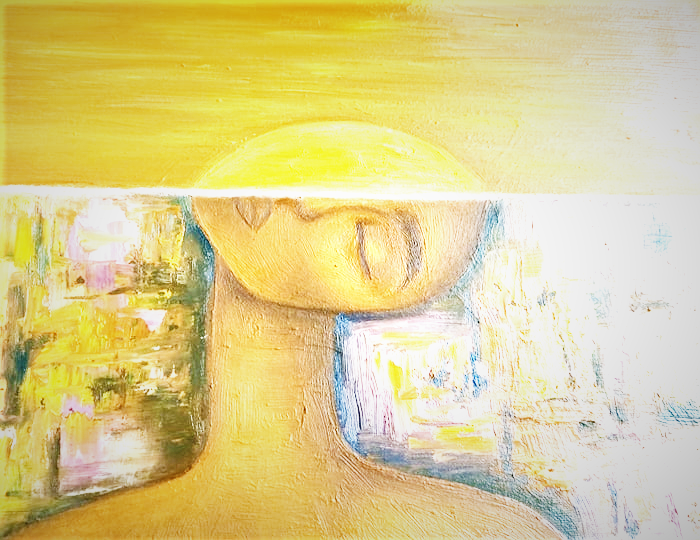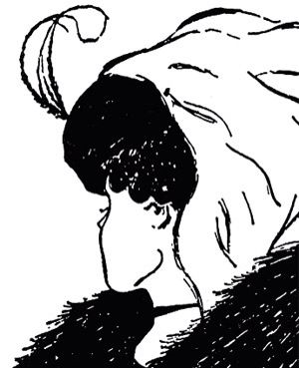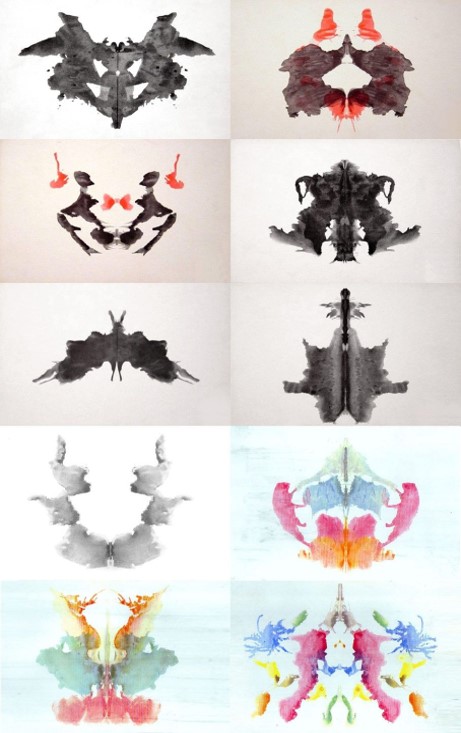
Diana Sargsyan, a Candidate of Psychological Sciences and a lecturer at the Yerevan State
University in the Department of Psychology, tells about the role of arts as a tool for regulating
mental states. According to her, every psychologist should have sufficient knowledge about arts,
as it is directly connected to the emotions, feelings, and the worldview of an individual.
Along with this, a human being is the most influential work of art we should consider.
Art is a tool to explore all the features of an individual’s inner world. However, from the
viewpoint of a psychologist, it is perceived and reviewed as a more in-depth understanding,
which is:
a mean to explore and understand the inner world of a person
a mean to evaluate the current emotional and mental state of an individual
a tool to influence a person’s motivation and the value system
a device of influence to a person’s emotional state
a tool for shaping a person’s aesthetic development and the worldview
a mean of psychodiagnostic processes and psychotherapy
Psychology is one of the most essential sciences that can provide feedback on a person’s mental
state by only looking through his artworks. Here the tight connections of arts and psychology are
evident. Thus, the therapeutic means of arts are prevalent nowadays. Art therapy uses music,
dance, curving, sand painting, mandala making, and bibliotherapy on therapeutic purposes.
One of the most unique features of arts is that there is no distinction between normal and
pathological. Here the norm and the pathology can even be identical. There are no good or bad
decisions in art, there are no specific objects or subjects for criticism.
Sargsyan believes that from the perspective of psychology, the role of academic education comes
to be irrelevant in art as well. In this sphere, everyone is equal regardless of their ideas,
professionalism, gender, age, nationality, mental or physical abilities.
The emotional state or mental state of a person at a given moment is clearly manifested in art.
The emotions, emotional state, and mental state of a person can be a driving force for creating a
work of art.
These terms have a precise positioning և differentiation in psychology. Emotions include joy,
sadness, surprise, examples of emotional states can be considered stress, euphoria, and falling in
love, while mental states are depression, hatred, or suffering.
However, despite the differences between the categories, they all have one thing in common: all
of them motivate and empower the processes of the creation of artworks.




Leave A Comment
You must be logged in to post a comment.